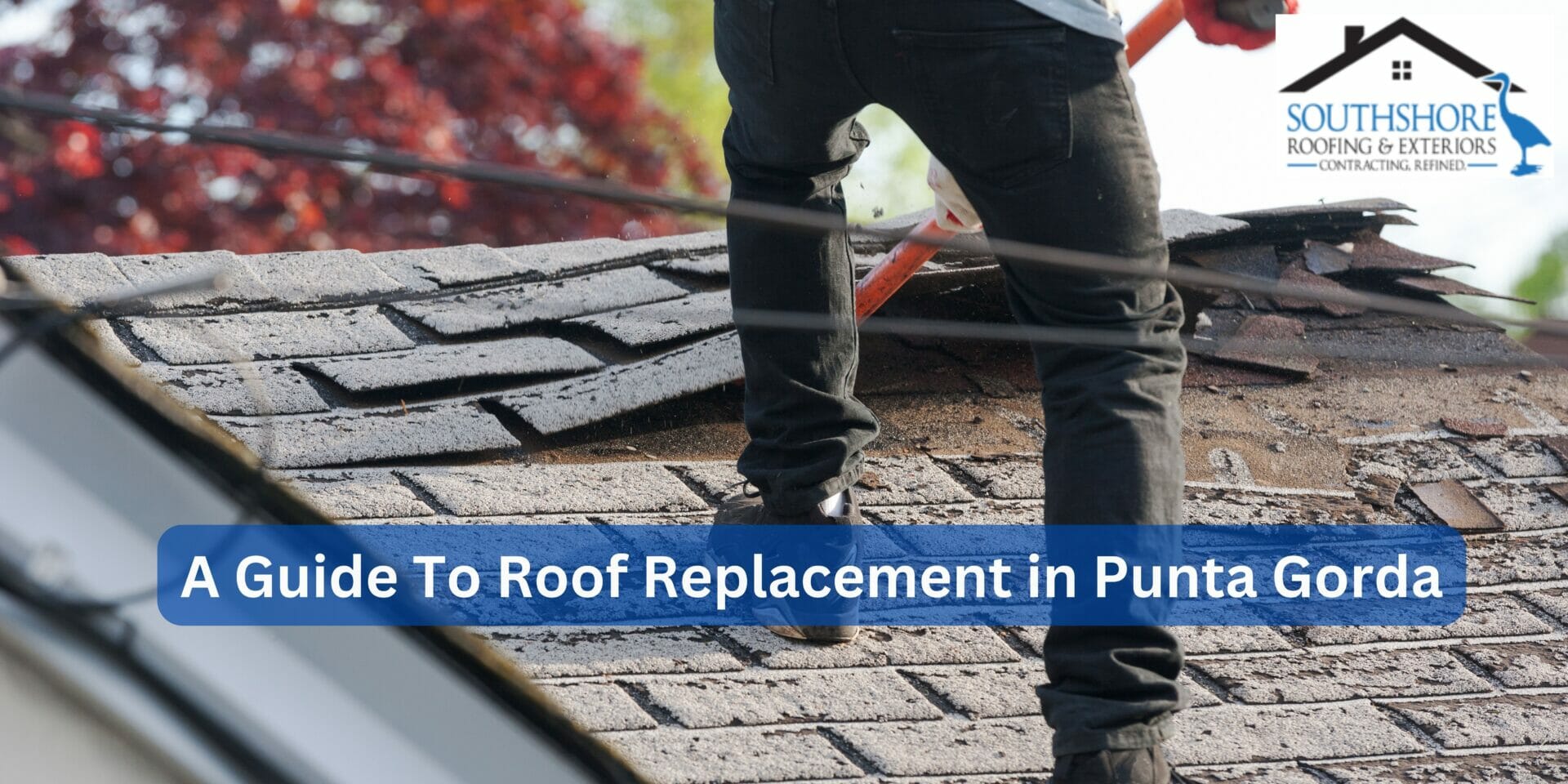Florida is known for its beautiful beaches, warm weather, and abundant sunshine. However, it is also known for its harsh weather conditions, including hurricanes, tornadoes, and thunderstorms. Be it Hurricane Andrew or Hurricane Irma, they’ve all left a profound impact on the state and have drastically troubled the homeowners of Florida. One of the most recent destructions came in the form of Hurricane Ian.
In the last week of September 2022, Punta Gorda was hit by Hurricane Ian, a powerful storm that caused significant damage to buildings, and their roofs. Many homeowners were left with leaking, damaged, or completely destroyed roofs.
In this guide, we’ll discuss roof replacement in Punta Gorda, along with the following:
- The signs you need to look for after a storm
- Types of roofing materials you can use
- The roof replacement process
After a hurricane, it may be necessary to get a roof replacement to ensure the safety of any occupants and prevent further damage to a home.
Roof Repair vs. Replacement: What Should You Choose?
In the event that your roof sustains damage from natural forces, prompt attention is required. However, it’s important to note that a replacement isn’t always the sole solution. There may be instances where a roof repair is sufficient.
Whether a roof needs to be repaired or replaced depends on the extent of the damage and the age of the roof. In general, if the damage is localized and the roof is relatively new, a repair may be sufficient. However, if the damage is extensive and the roof is approaching the end of its lifespan, a replacement may be necessary.
What Are The Signs You Need To Look For Before Deciding On A Roof Replacement
Before considering a roof replacement, it’s essential to assess the condition of your roof to determine if it’s necessary. Here are some signs to look out for:
Age Of The Roof
As roofs age, they become more susceptible to damage and deterioration. An aged roof is more vulnerable to hurricane damage than a new, more robust roof. A roof’s lifespan can vary depending on factors such as the type of roofing material used, the quality of the installation, and weather conditions in the area. However, most roofs have a lifespan of around 20 to 25 years.
Damaged Shingles
Shingles are the most visible part of a roof and are designed to protect the underlying structure from damage. If shingles are missing, cracked, curled, or have significant granule loss, it’s a sign that your roof is deteriorating and needs to be replaced. Damaged shingles can allow water to seep into your home, leading to leaks, mold growth, and structural damage.
Damaged Flashing
Damaged flashing is also a sign that you need to replace your roof. To assess flashing damage, look for any signs of rust or corrosion. Check for any gaps or cracks where water may be leaking into the structure. It is also essential to examine the flashing around chimneys, skylights, and vent pipes, as these areas are particularly prone to leaks.
Gutters
Look for any signs of damage, such as dents or cracks. Check for any blockages, which can lead to water overflow and damage to the underlying structure. It is also crucial to examine the downspouts for any signs of damage, such as cracks or clogs.
Roof Leaks
Storms that come with heavy rains can tear apart your roof and cause it to leak. A leak can cause severe damage to your home’s structure and should be addressed promptly. If the leak is severe enough it may require a complete roof replacement. A professional roofing contractor can identify the source of a leak and determine if a roof replacement is necessary.
Types Of Roofing Materials Available For A Roof Replacement
If your roof has been damaged during a storm or heavy rains, and the damage is too severe to be repaired, then it is essential to move forward with a complete roof replacement. One of the crucial decisions you need to make when you decide to replace your roof is the choice of roofing material. This is vital as the roofing material acts as the first line of defense for your roof and protects your internal structure.
Asphalt Shingles
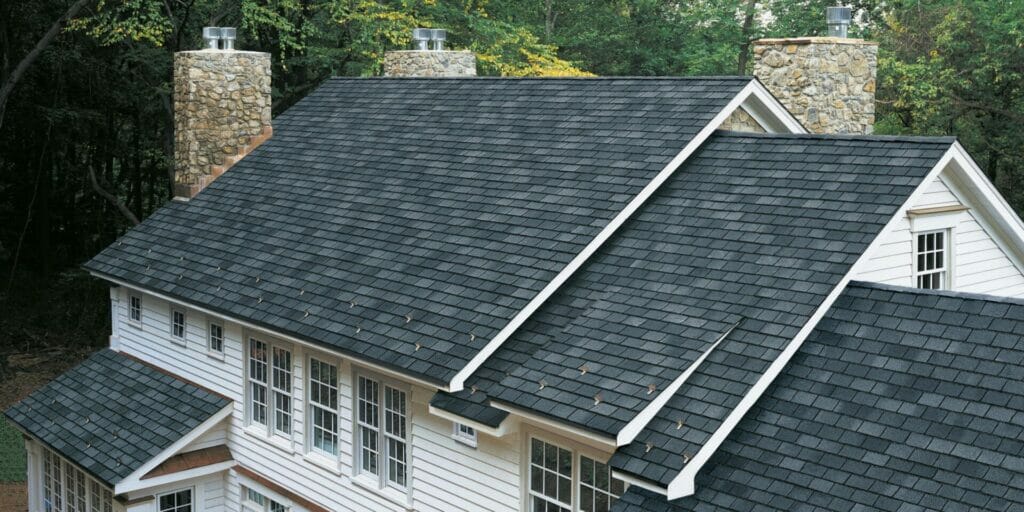
This is the country’s most popular roofing material because it’s affordable, durable, and relatively easy to install. Asphalt shingles come in a wide range of colors and styles to match different home designs. Our SouthShore Roofing & Exteriors team installs the best shingles from leading manufacturers. We also have GAF Master Elite certification.
Also Read: Best GAF Shingles According To SouthShore Roofing & Exteriors
Metal
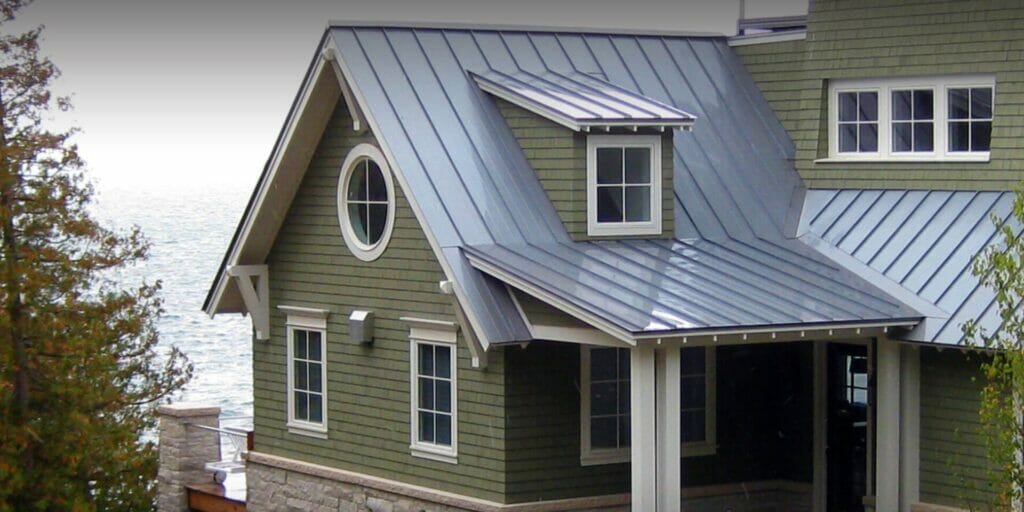
Metal roofs are the most popular type of roofing material in Florida, as they are durable, fire-resistant, and energy efficient. They come in a variety of metals, such as aluminum, steel, and copper, and can last up to 50 years or more with proper maintenance.
Also Read: How Much Does A Metal Roof Cost In Florida?
Clay Or Concrete Tiles
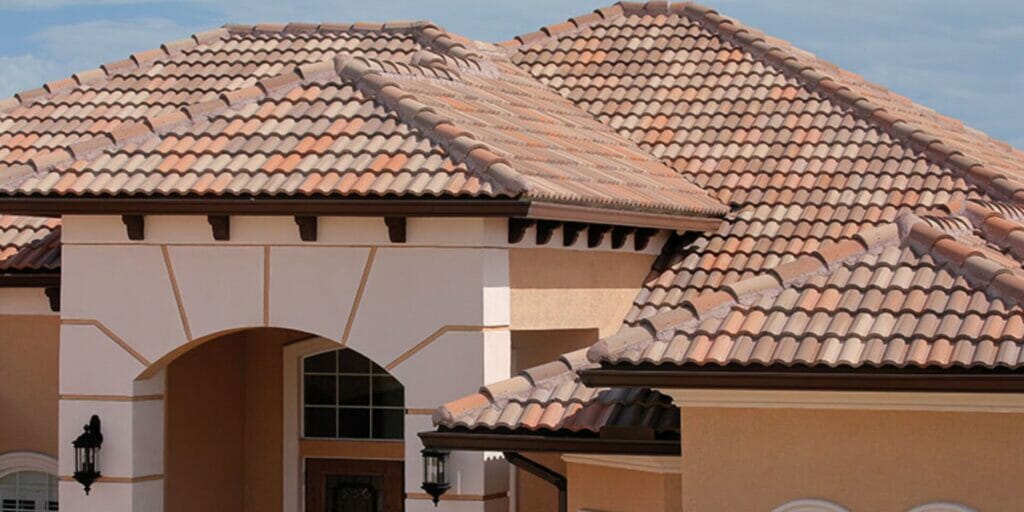
Tile roofs are durable and fire-resistant, making them ideal for areas prone to wildfires. They are also energy efficient and come in a variety of colors and styles. These tiles also have a very contemporary look that will suit any Florida home.
Wood Shakes
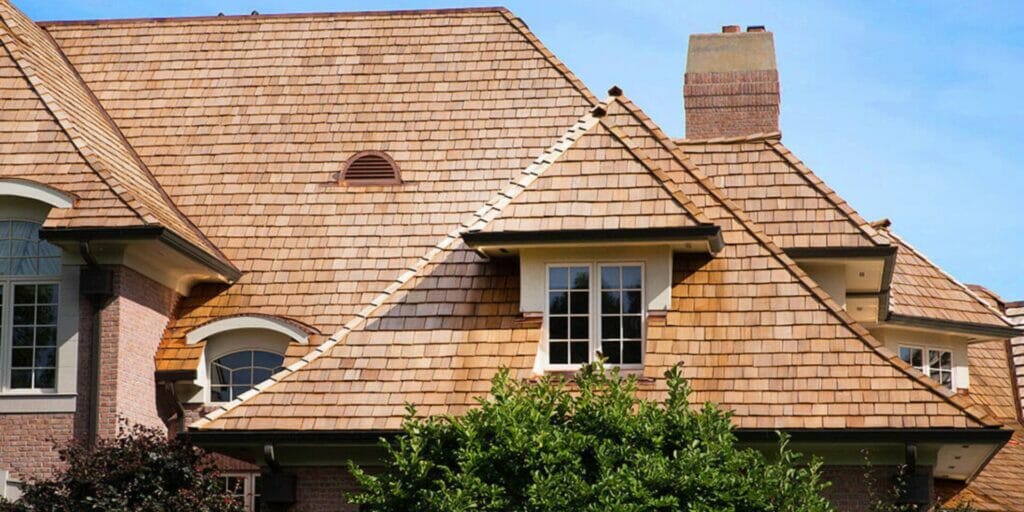
Wood shingles or shakes provide a natural and rustic look to a home. They are durable and energy-efficient but require more maintenance than other roofing materials, such as periodic cleaning and treatment to prevent rot or mold growth. In recent times, synthetic wood shingles have also been developed.
In the section above, we’ve provided a quick overview of the most popular roofing materials. If you want to know more about them, check out our blog post on the best roof shingles for Florida.
How Much Will A Roof Replacement Cost You?
When you decide to replace your roof, or even take on any other home improvement project, you should first learn how much it costs. A roof replacement can be quite costly, but to ensure that your family stays safe from harsh weather conditions in the future, it becomes a necessary task to undertake.
The national average cost for a roof replacement is around $8,000 to $15,000. However, it’s important to consider how the ultimate cost of the project will be influenced by certain factors, such as the following:
- The type of materials used
- Size and complexity of the roof
- Location of the property
- The area of your roof
- Removal costs
What Is The Process Of A Roof Replacement?
Up till now, we’ve covered the things you need to know before the replacement process starts. Now let’s learn about the process itself.
Homeowners need to know about the roof replacement process so that they can understand what to expect during the project, ask informed questions of their roofing contractor, and ensure that the job is done correctly and safely.
Roof Inspection
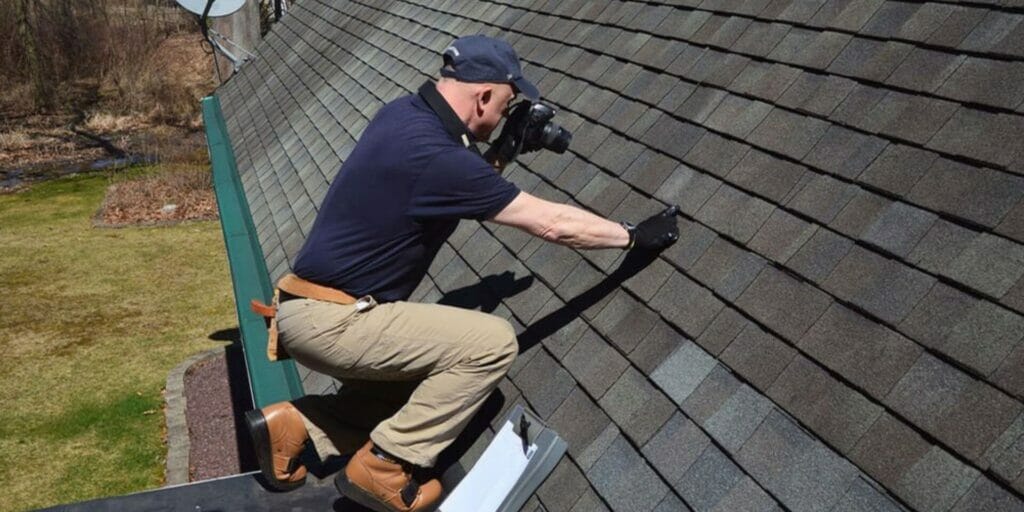
A thorough roof inspection is the first step of any major roofing project. A professional roofing contractor will inspect your existing roof to assess its condition and determine whether a replacement is necessary. An inspection is crucial to determine the condition of an existing roof and identify any potential issues that may need to be addressed before the new roof can be installed.
Removal Of Old Materials
Once the inspection is complete and a replacement is deemed necessary, the old roofing materials will be removed and disposed of properly. This step is essential to ensure that the new roof can be installed on a clean and level surface, free of any debris or damage from the old roof.
Minor Repairs Before Installing New Material
Repairing any underlying structural damage is essential to the roof replacement process. If any damage is found during the inspection, such as rotting or damaged roof decking, it must be repaired before the new roof can be installed.
Installing The Roof Underlayment
After minor repairs, the next step is to lay the underlayment, a protective sheet that protects the roof structure from damage. You will have a choice to choose between synthetic or felt underlayment types.
Installing The Roofing Shingles
Roofing shingles, or any other material you’ve chosen such as tiles or metal, are the next layer to be installed on your roof.
Flashing Installation
Metal flashing is installed around vulnerable areas of the roof where leaks can occur quickly, such as the edges of the roof, chimneys, and other regions to prevent water from seeping in.
Ventilation installation
Proper ventilation is essential to the longevity of your roof, so vents will be installed to allow for proper air circulation. This may include ridge vents, gable vents, and more.
Cleanup
Once the installation is complete, the contractor will thoroughly clean up any debris or leftover materials from the roof and your property. Make sure to inspect the work done yourself to ensure that it meets your standards.
Trust Our Team For Roof Replacement Services
If you are a homeowner confused about which roofer to hire for a roof replacement in Punta Gorda, look no further than the SouthShore Roofing & Exteriors team.
We are the best roof replacement company serving Tampa and the surrounding areas. We understand the importance of a solid roofing system over your head, and we will do our best to ensure you can have a roof that can withstand the tough conditions of Florida’s weather.
Contact us today at (813) 400-3329 to get in touch with our professionals and book a free consultation.

